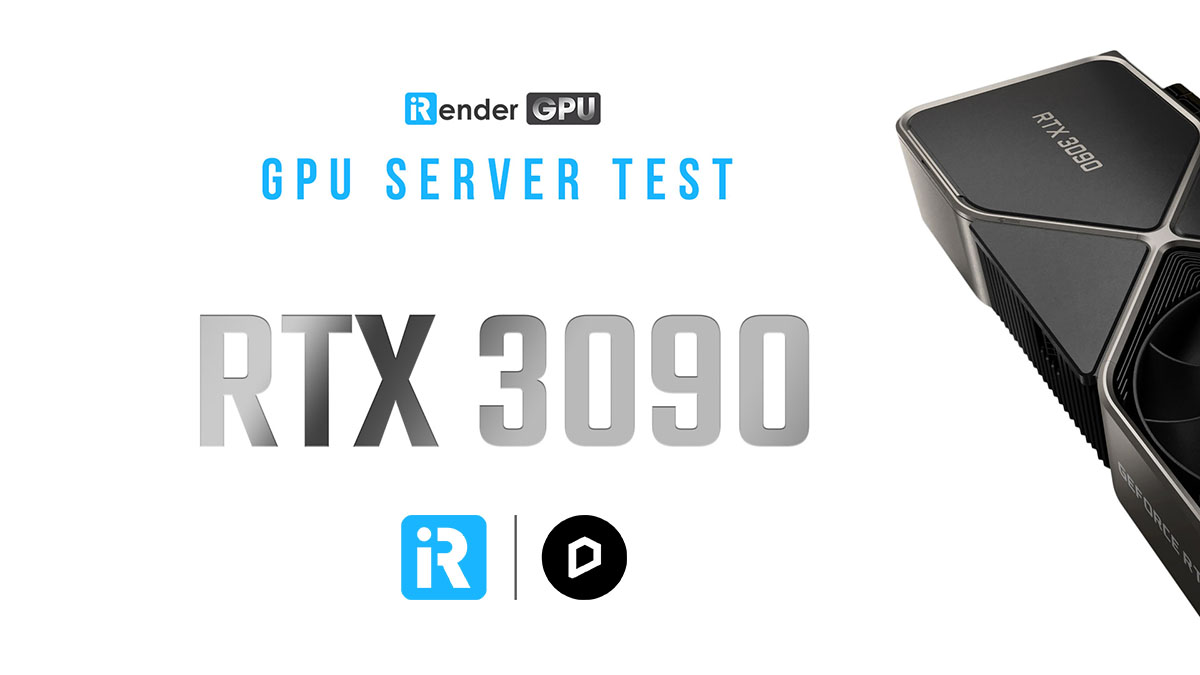

With KeyShot 9.3, we introduced the new KeyShot Benchmark tool, available with the free KeyShot Viewer, that enables CPU and/or GPU benchmarking. However, it's quite simple and doesn't really show the benefit of very fast hardware. In KeyShot, the famous camera scene was used to test performance for many years. Over the years, we have received many questions on which CPU would provide the best performance and, with the introduction of GPU rendering, we are getting even more questions. KeyShot Benchmark scene by Magnus Skogsfjord KeyShot Benchmark However, the large number of compute threads on the GPU does allow for much higher throughput and the recent addition of fast denoising algorithms has further bridged the gap between brute force GPU algorithms and more sophisticated CPU algorithms. This does mean that the GPU algorithms converge more slowly to a noise-free image than the CPU algorithms. The GPU rendering is using slightly different algorithms as GPUs perform best with uniform parallel workloads. We have kept CPU rendering separate, providing users an option to use the CPU, as in all previous KeyShot versions, or the new KeyShot 9 GPU rendering.
#Keyshot vs daz3d full#
At Luxion, we decided this would be the time to support GPU rendering, and KeyShot 9, released November 2019, added full support for GPU rendering using RTX and OptiX 7. In 2018, this all changed when NVIDIA introduced the RTX architecture with dedicated ray tracing hardware. Internally, Luxion worked on GPU ray tracing back in 2011, but after thorough analysis, we came to the conclusion that the limited memory and performance at the time did not make it competitive with our CPU renderer. In 2010, we demonstrated KeyShot on a 40 core / 80 thread Intel quad-socket Westmere-based workstation including interactive ray tracing of more than 1 billion unique polygons.

#Keyshot vs daz3d code#
Since then, we have refined our ray tracing code to take full advantage of the latest CPU developments. The ray tracing code at the time was running on the AMD Opteron architecture. Luxion demonstrated interactive ray tracing technology to the public in March 2006. It is using a 12nm process and has a power consumption around 295 W.

It has 24 GB of GDDR6 memory with a bandwidth of 672 GB/s. It comes with 72 RT cores dedicated to ray tracing, 4608 CUDA cores dedicated to shading and general computation, and 576 Tensor cores for deep learning and denoising. The NVIDIA Quadro RTX 6000 GPU is based on the revolutionary Turing architecture that NVIDIA introduced in 2018. It uses a state-of-the-art 7nm process and has a power consumption around 280 W. It has a total of 292 MB of on-chip cache, and a memory bandwidth of 95 GB/s. It has 64 cores and allows for 128 simultaneous threads. The 3990X is currently the fastest workstation CPU (ignoring the server-based AMD EPYC processors). The AMD Threadripper 3990X CPU is based on the amazing Zen architecture that AMD introduced in 2017. They are both priced at around $3500 and each currently represents the best performance available from a CPU or a GPU in a workstation.

An investigation of rendering capabilities and results in KeyShot using the 64 core AMD Threadripper 3990X and the 72 RT core NVIDIA Quadro RTX 6000.Īt the Luxion office, we have a new workstation equipped with an AMD Threadripper 3990X CPU and an NVIDIA Quadro RTX 6000 GPU.


 0 kommentar(er)
0 kommentar(er)
